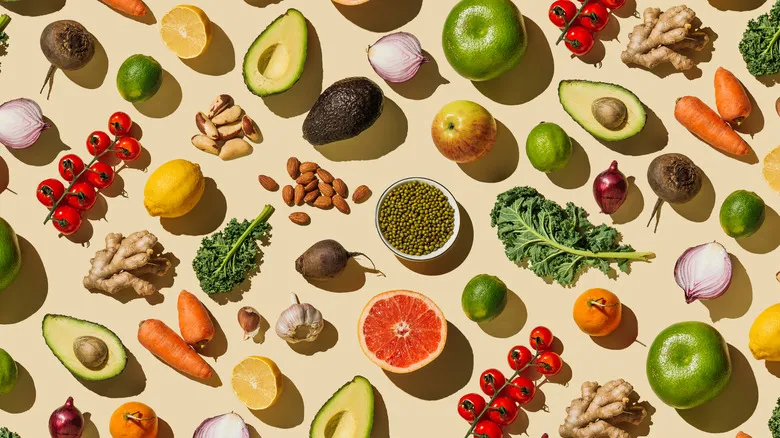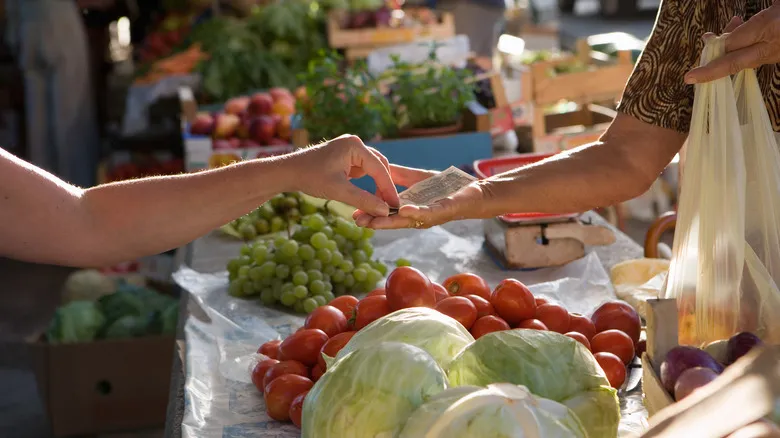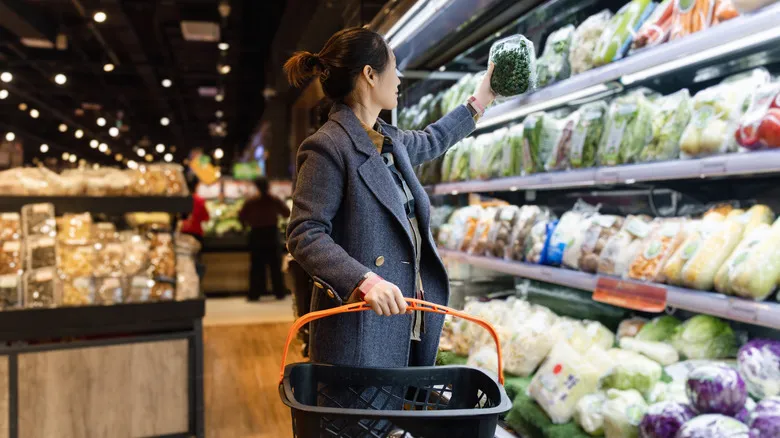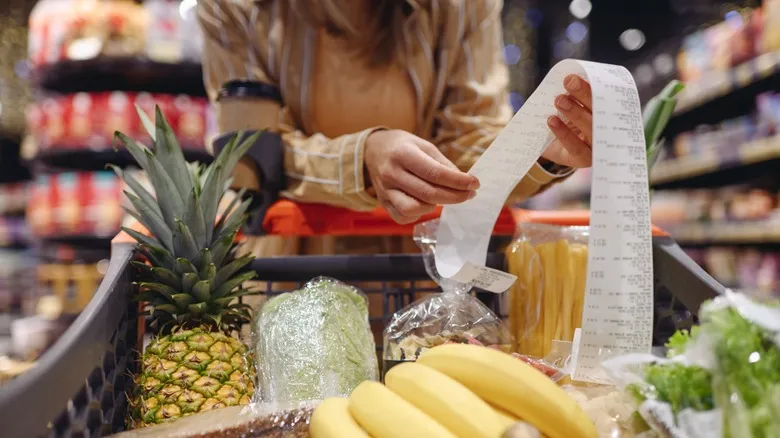How to make a good grocery list

If you're unsure how to create a grocery list that benefits both your health and your budget, consider organizing your list by food categories: fresh fruits and vegetables, proteins, dairy or dairy substitutes, grains, and extras (like oils, sweeteners, snacks, etc.). For additional structure, you can use the 5-4-3-2-1 method. This means your grocery list should include five vegetables, four fruits, three protein sources, two sauces or spreads, and one grain. Allow yourself some leeway to include a dessert or snack as well.
What should you select for these categories? Most of us are familiar with the foods we regularly consume—like granola and yogurt for breakfast or avocado and bread for lunch—so it's wise to keep these staples on hand. These items are likely to be consumed, minimizing the chances of wasting money and food. While it may seem monotonous, we tend to stick to familiar foods and meals.
Reserve the more adventurous dishes for dining out or for special recipes. Choose a recipe you want to try and compile a list of all the necessary ingredients. Before heading to the store, eliminate any items you already have at home. Even better, opt for a recipe that incorporates ingredients that need to be used up soon.
The substitution technique for reducing ingredients

Enjoying a range of home-cooked meals is incredibly fulfilling, but it often means purchasing unique ingredients for each dish. With effective planning, you can make the most of these less adaptable items by incorporating them into multiple meals. For instance, after buying cilantro, tortillas, salsa, and queso fresco, you can create several Mexican-inspired recipes throughout the week.
You can also get inventive with ingredient substitutions to avoid wasting items like half-used sour cream. If a recipe requires lime juice and you only have lemon juice, feel free to use what you have if it fits. Greek yogurt can serve as a substitute for sour cream, and dried herbs can replace fresh ones, especially if they will be cooked. Additionally, consider investing in shelf-stable ingredients, such as buttermilk powder instead of fresh buttermilk, which has a shorter shelf life.
Keep in mind that ingredients like fruits, vegetables, grains, and cheeses are quite adaptable. A cobbler made with blueberries instead of blackberries will still taste great, and a soup that calls for parsnips can easily be made with carrots instead. There's no need to rush to the store for a single ingredient unless it's essential to the dish. Utilizing what you already have not only saves you money but also encourages creativity in the kitchen.
Make more frequent grocery trips

Purchasing only what you truly need can be challenging if you plan to visit the store just once a week. While it may be tempting to stock up on items "just in case," making several trips throughout the week can actually enhance your shopping habits, provided it fits within your schedule and fuel budget. Although multiple trips can lead to distractions from your grocery list, with practice, you can sharpen your focus during these outings.
This approach is sometimes known as the "European shopping method." In many European countries, it's common for individuals to make frequent stops at markets, grocery stores, or specialty shops to pick up daily ingredients instead of doing a weekly shop. While this method may take more time, it ensures that you only purchase groceries you'll use that day.
This strategy is especially beneficial for perishable items like leafy greens, fresh produce, fish, and bread. Additionally, buying food closer to when you'll consume it often results in fresher flavors. To minimize food waste in your fridge, consider placing these quickly perishable items at the front and in plain sight.
When a bigger grocery haul makes sense

There are definitely times when it makes sense to do a larger grocery shopping trip. Whether you're preparing for big family meals, hosting guests, or planning holiday celebrations, you can still manage your budget effectively. Stick to your shopping list and create a menu for family dinners and festive gatherings, while allowing some flexibility for personal tastes or dietary needs. If you find yourself picking up a favorite BBQ sauce for a cousin or vegan cheese for a niece, think ahead about how you'll use those items once they're finished.
Essential kitchen items like olive oil, flour, rice, sugar, pasta, and beans will need to be restocked periodically, which can lead to a bigger grocery run. Keep track of what’s running low and plan a shopping trip specifically to replenish these essentials. It’s better to know exactly what you need than to guess at the store and end up with three bags of black beans that will just sit unused in the pantry. Pantry staples generally have a much longer shelf life than fresh produce, fish, and meats, so it’s perfectly fine to maintain a small stockpile. Just make sure to store them properly in airtight containers to prevent dry goods from going stale or spoiling sooner than expected.
Recommended

The Reason Frozen Fish Can Be Superior To Fresh

How To Pick The Best Maple Syrup

Make Grocery Shopping Easier With A Reverse Shopping List

The Ingenious Rule To Remember When Planning Your Grocery List
Next up

